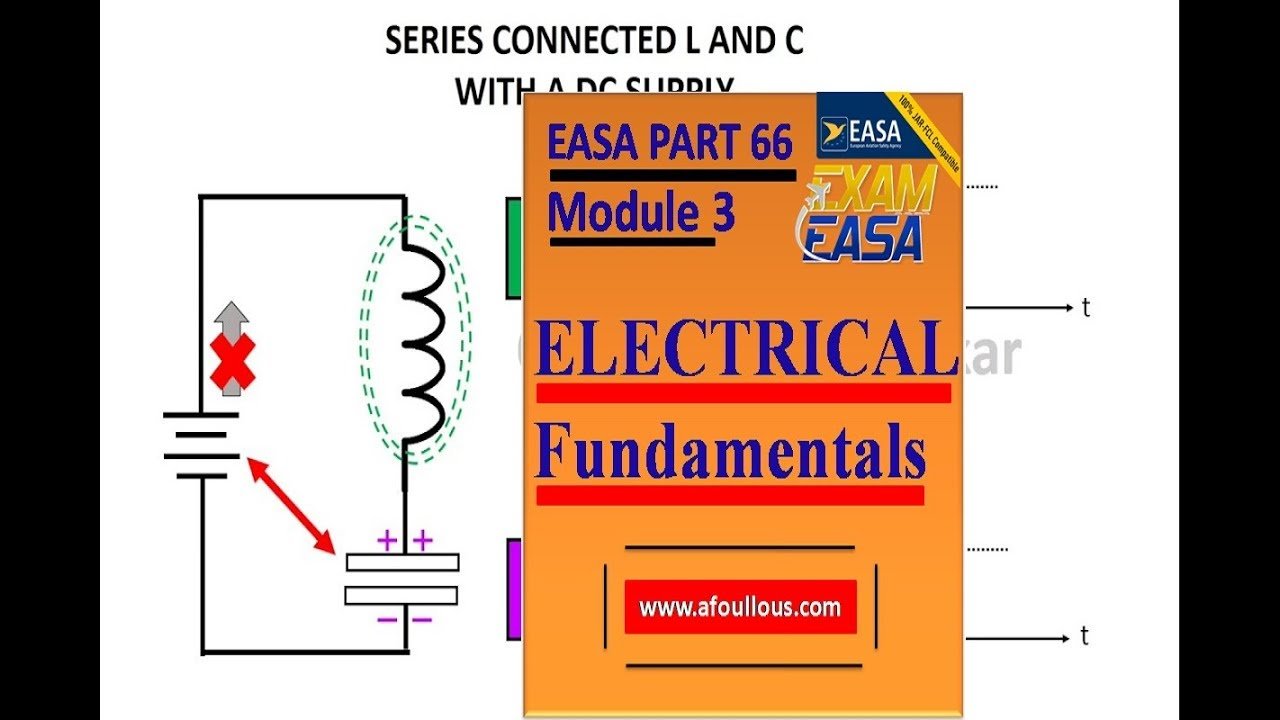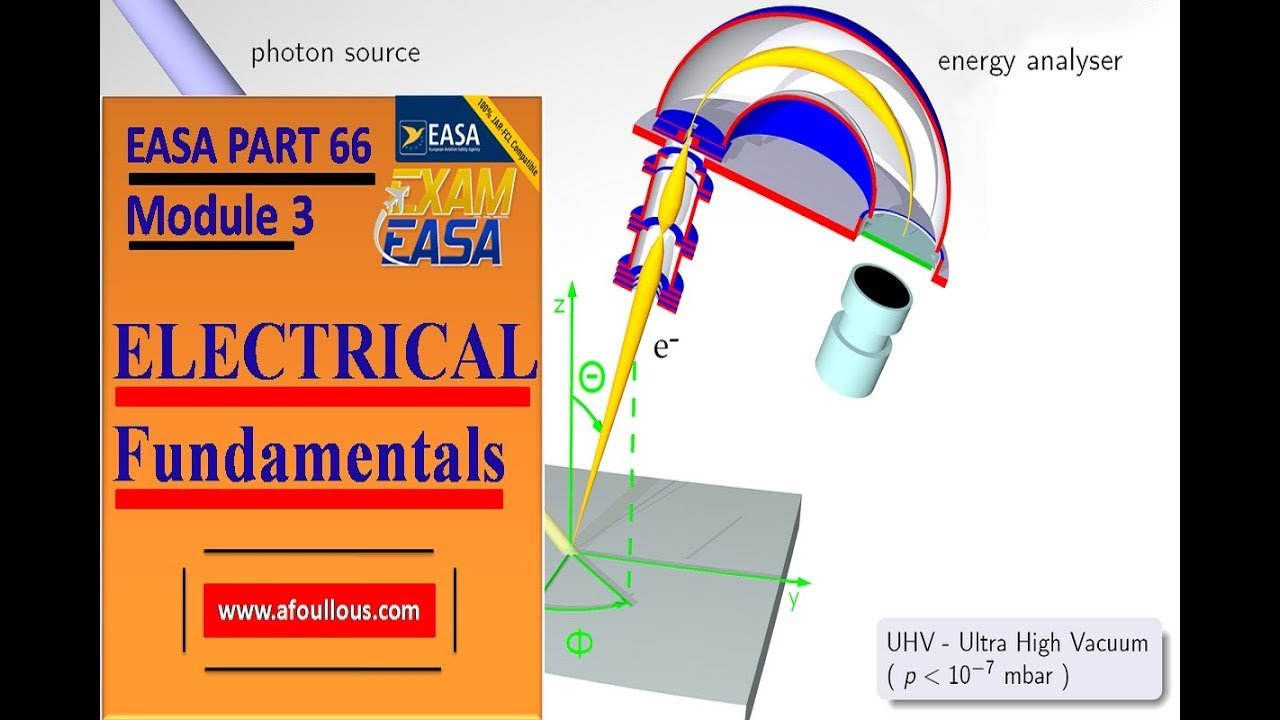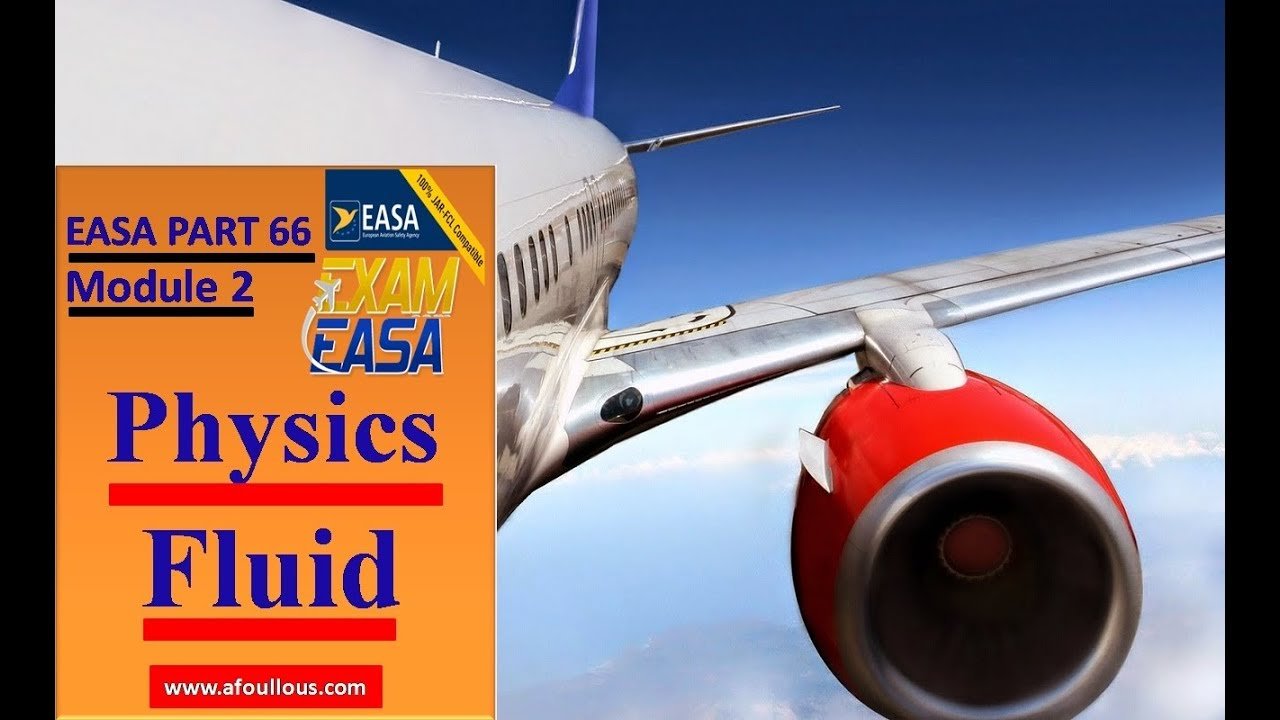Last updated on February 5th, 2022 at 07:05 pm
Module 3 Ch 18/18 AC Motors.
[RICH_REVIEWS_SNIPPET category=”all”]
Chapters
Chapter 15/18 : Transformers.
Chapter 16/18 : Filters.
Chapter 17/18 : AC Generators .
Chapter 18/18 : AC Motors .
Question and Training Exam
Sample – Electrical Exams ( 40 questions 30 min),
Category A – Electrical Exams ( 20 questions 25 min),
Category B1 – Electrical Exams ( 52 questions 65 min),
Category B2 – Electrical Exams ( 52 questions 65 min),
Category B3 – Electrical Exams ( 24 questions 30 min),
Book Store.
EASA Part 66 Module 3 Electrical Fundamentals Question Exam
Sample – Electrical Exams ( 40 questions 30 min),
Category A – Electrical Exams ( 20 questions 25 min),
Category B1 – Electrical Exams ( 52 questions 65 min),
Category B2 – Electrical Exams ( 52 questions 65 min),
Category B3 – Electrical Exams ( 24 questions 30 min),
Electricity Static Electricity and Conduction
First post and replies | Last post by Malika Benchikh, 7 years ago
PART 66 Module 3 Electricity:
AC MOTORS
Because of their advantages, many types of aircraft motors are designed to operate on alternating current. In general, AC motors are less expensive than comparable DC motors. In many instances, AC motors do not use brushes and commutators so sparking at the brushes is avoided. AC motors are reliable and require little maintenance. They are also well suited for constant speed applications and certain types are manufactured that have, within limits, variable speed part 66 module 3 electricity characteristics. Alternating current motors are designed to operate on polyphase or single phase lines and at several voltage ratings.
The speed of rotation of an AC motor depends upon the number of poles and the frequency of the electrical source of power:
120 x Frequency rpm – Number of Poles part 66 module 3 electricity Since airplane electrical systems typically operate at 400 cycles, an electric motor at this frequency operates at about seven times the speed of a 60 cycle commercial motor with the same number of poles. Because of this high speed of rotation, 400-cycle AC motors are suitable for operating small high-speed rotors, through reduction gears, in lifting and moving heavy loads, such as the wing flaps, the retractable landing gear, and the starting of engines. The 400-cycle induction type motor operates at speeds ranging from 6 000 rpm to 24 000 rpm. Alternating current motors are rated in horsepower output, operating voltage, full load current, speed, number of phases, and frequency. Whether the motors operate continuously or intermittently (for short intervals) is also considered in the rating part 66 module 3 electricity.









